Metrum Acoustics FLINT Digital Mini Streamer
Metrum Acoustics is pleased to announce the introduction of the BABY AMBRE, the sibling of our wave making AMBRE ROON certified streamer. A great addition to the affordable FLINT Baby DAC. The first low entry, yet very powerful ROON or Volumio certified streamer from Metrum Acoustics comes to you with the renowned Metrum Acoustics quality. The Baby Ambre is build upon our years of experience in digital to analog converters and streaming solutions. The BABY AMBRE combines high quality components known by thousands of Metrum Acoustics clients worldwide.
At Metrum Acoustics we are fanatic about building the best Digital to Analogue converters because of our love for making digital music sound sublime!
The BABY AMBRE is the ultimate companion for every distributed audio setup, like SONOS, but also because of its small size fits into any bedroom or other room where you require the most sublime digital sound. Sublime Digital sound for game consoles, distributed audio, or any other audio setup.
The ultimate companion to your BABY AMBRE, is the FLINT, a high value-for-money ratio Digital-to-Digital Converter to turn your computer into the main audio source for every hi-fi system provided with a digital input.
SPECIFICATIONS:
5VA Global power supply, 85 - 230V AC 60/50Hz
Dimensions 120 x 120 x 35 mm, Weight 0.42 KG
LAN (local area network) input: Connect an UTP cable with your local network. The Ambre is made as a Roon end point and cannot work as a standalone device. The Ambre expects a working Roon music server on the same local network.
Coaxial Output: A 75 Ohm coaxial cable should be used to connect the Ambre to other digital audio equipment like a dac for instance. The coaxial output has a galvanic isolation and can handle a maximum sample rate of 192 kHz.
Optical output: A standard Toslink cable can be used to connect the Ambre to other digital audio equipment. The max sampling rate of the Toslink interface is limited to 96kHz.










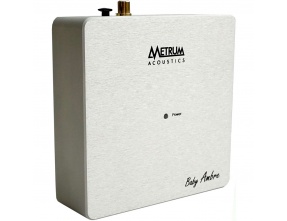


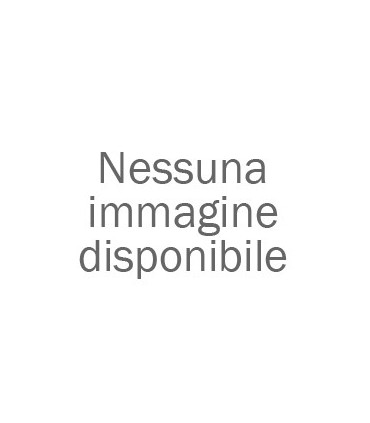

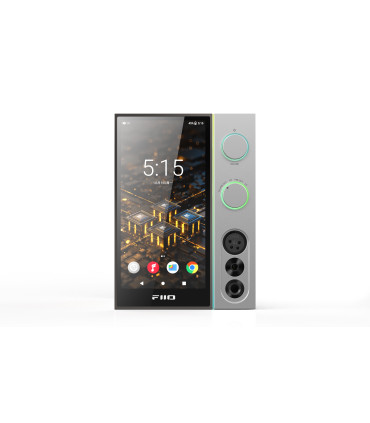

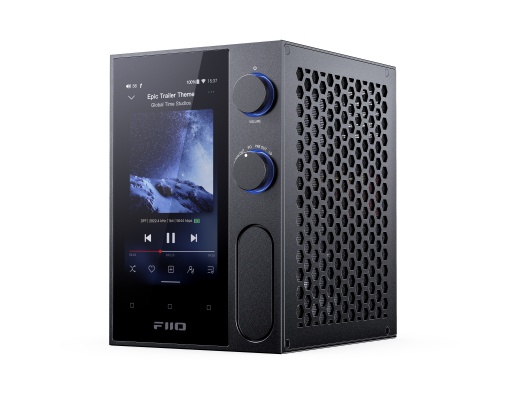






![BlueSound NODE 2i High-Res Wireless Multi-Room Hi-Res Music Streamer [2nd hand]](https://www.playstereo.com/22551-home_default/bluesound-node-2i-high-res-wireless-multi-room-hi-res-music-streamer-2nd-hand-.jpg)


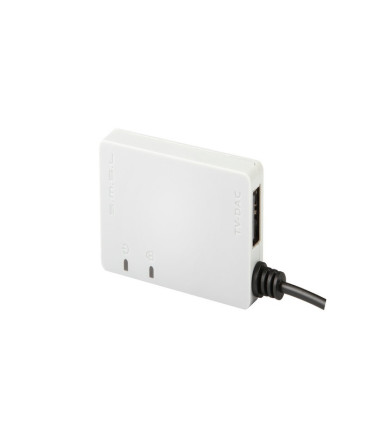

















Leave a review